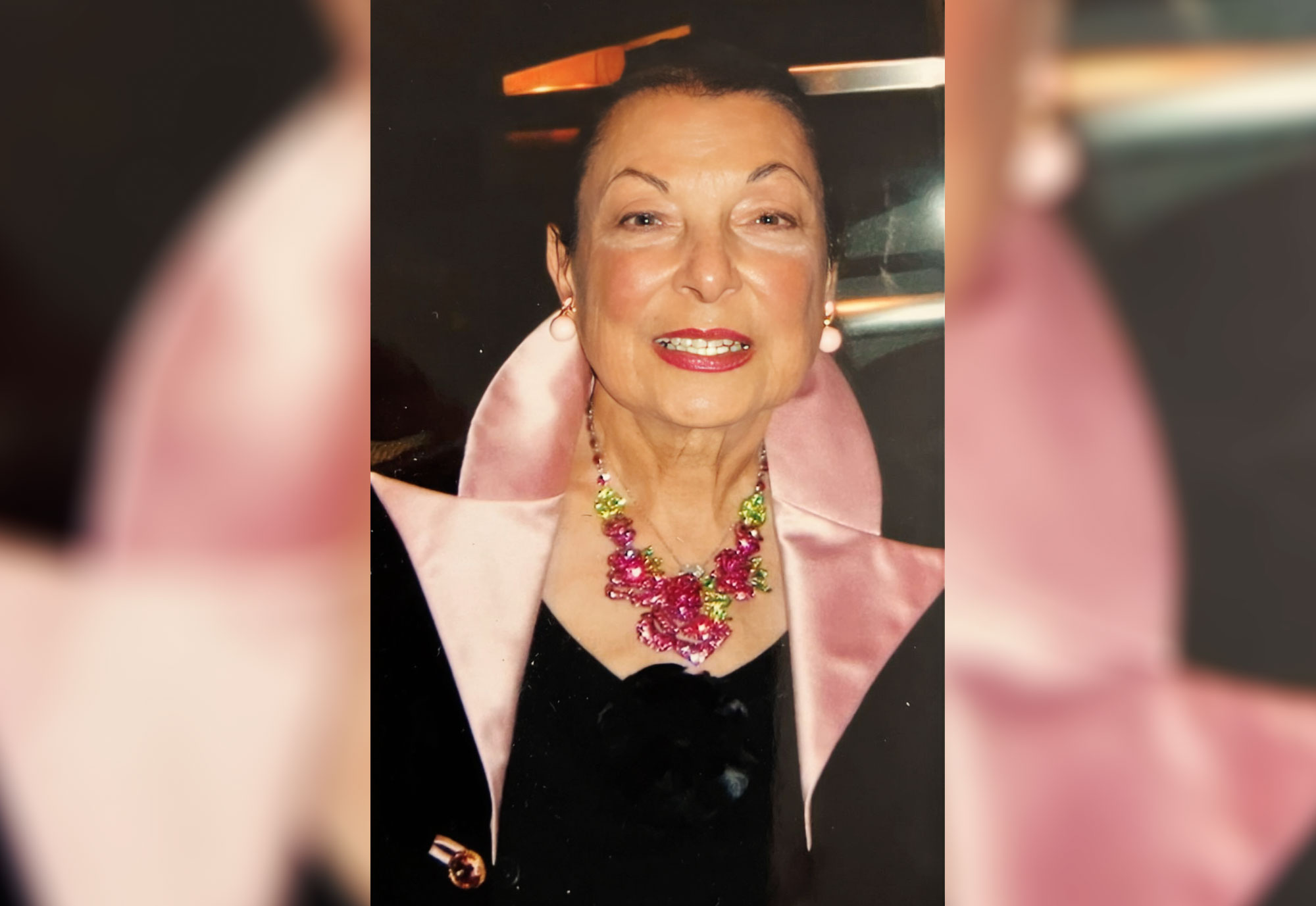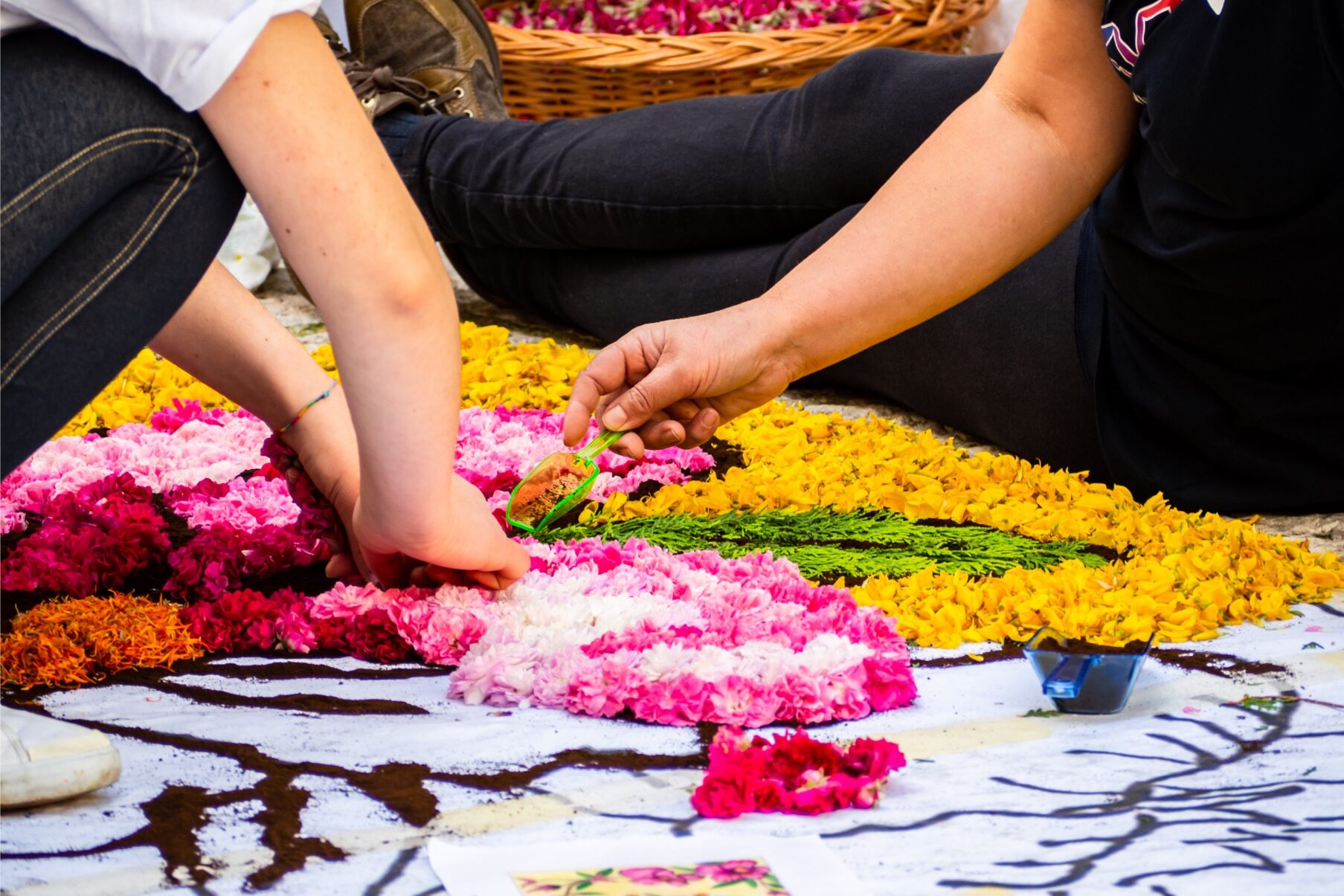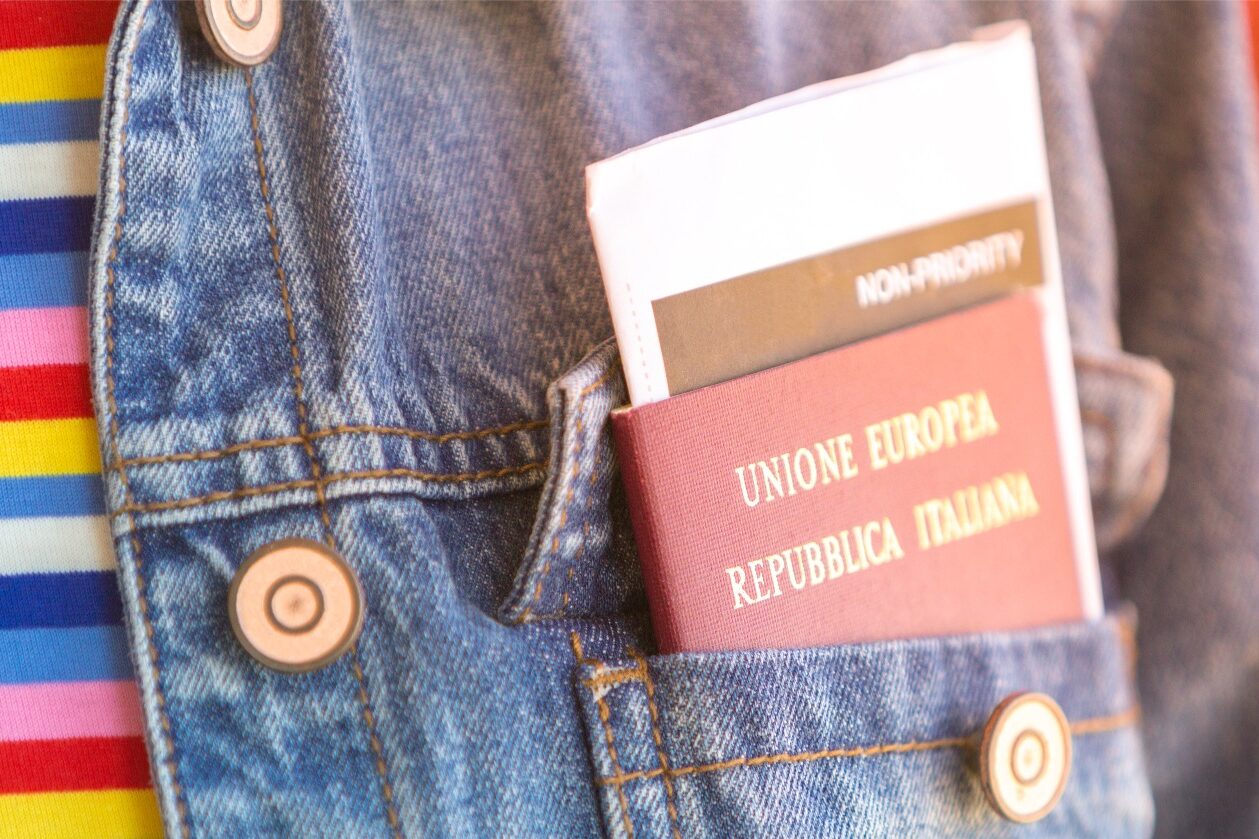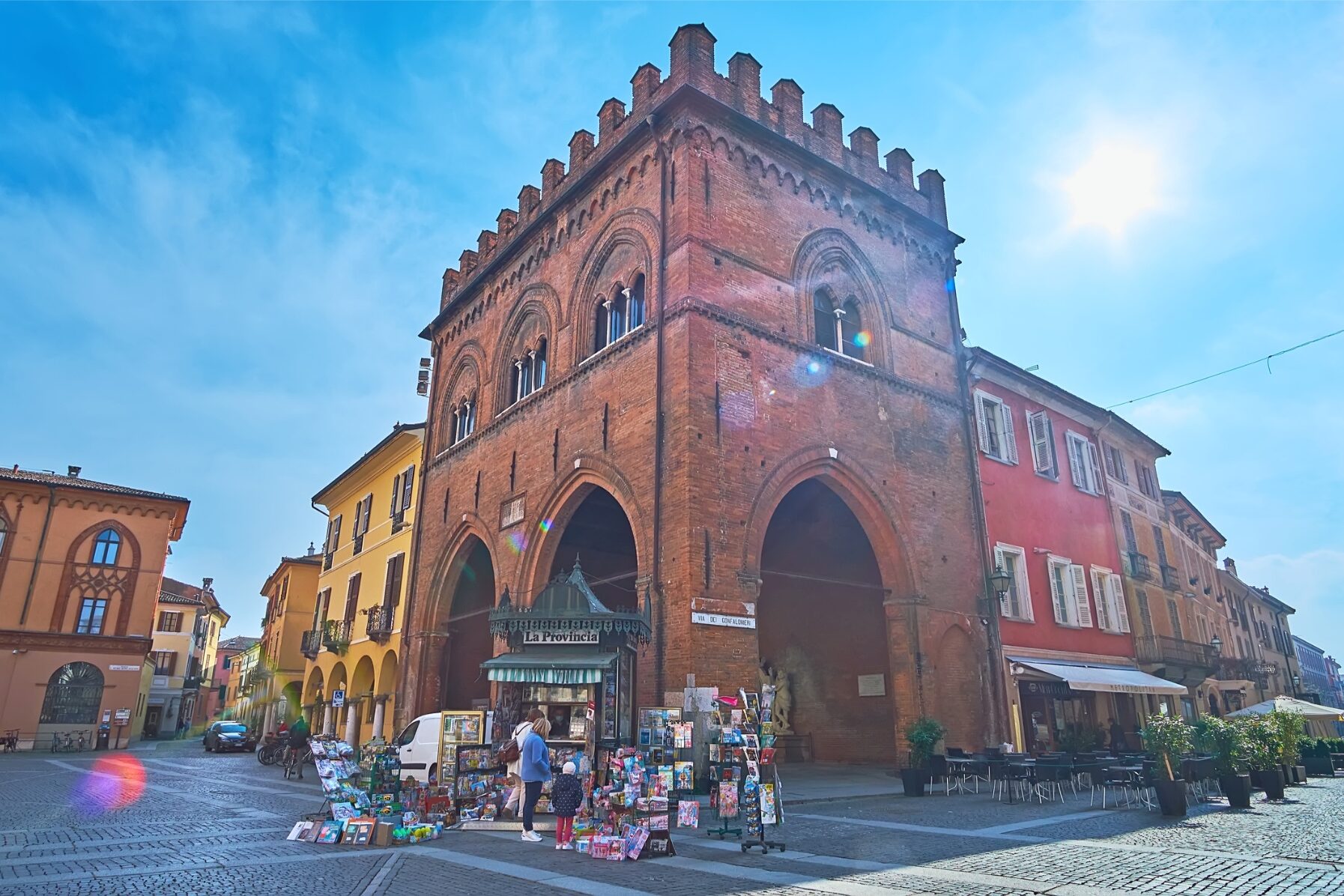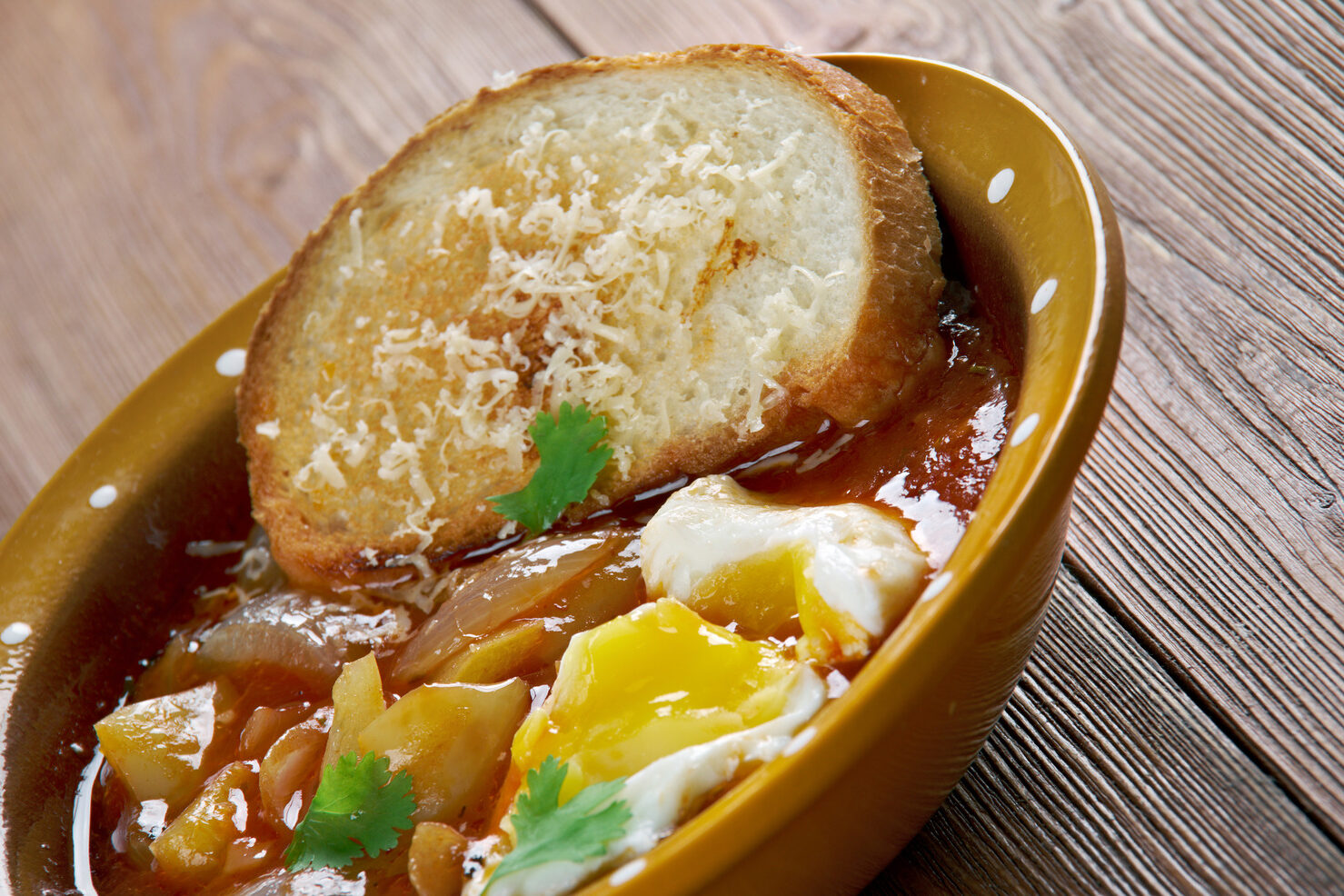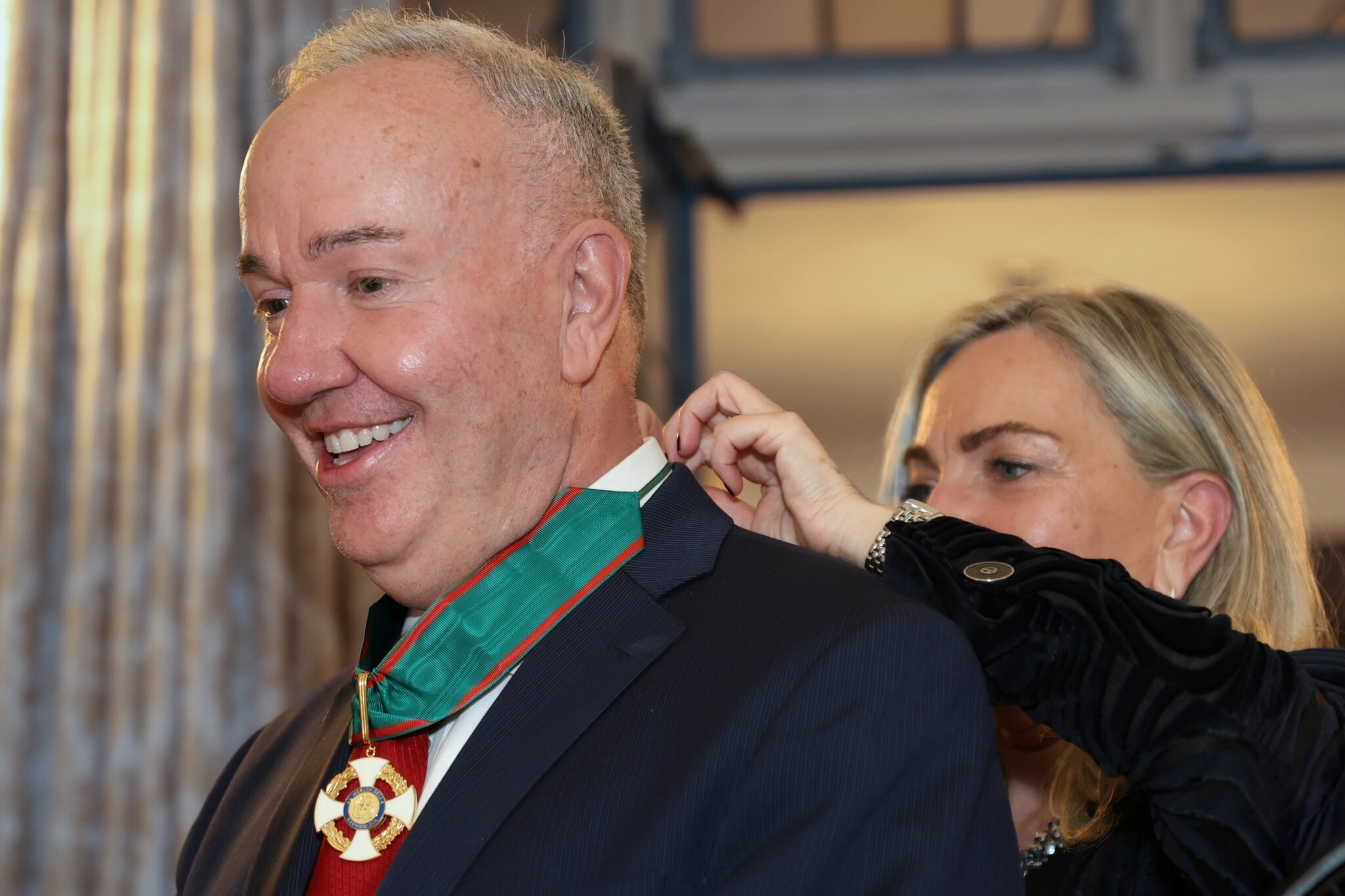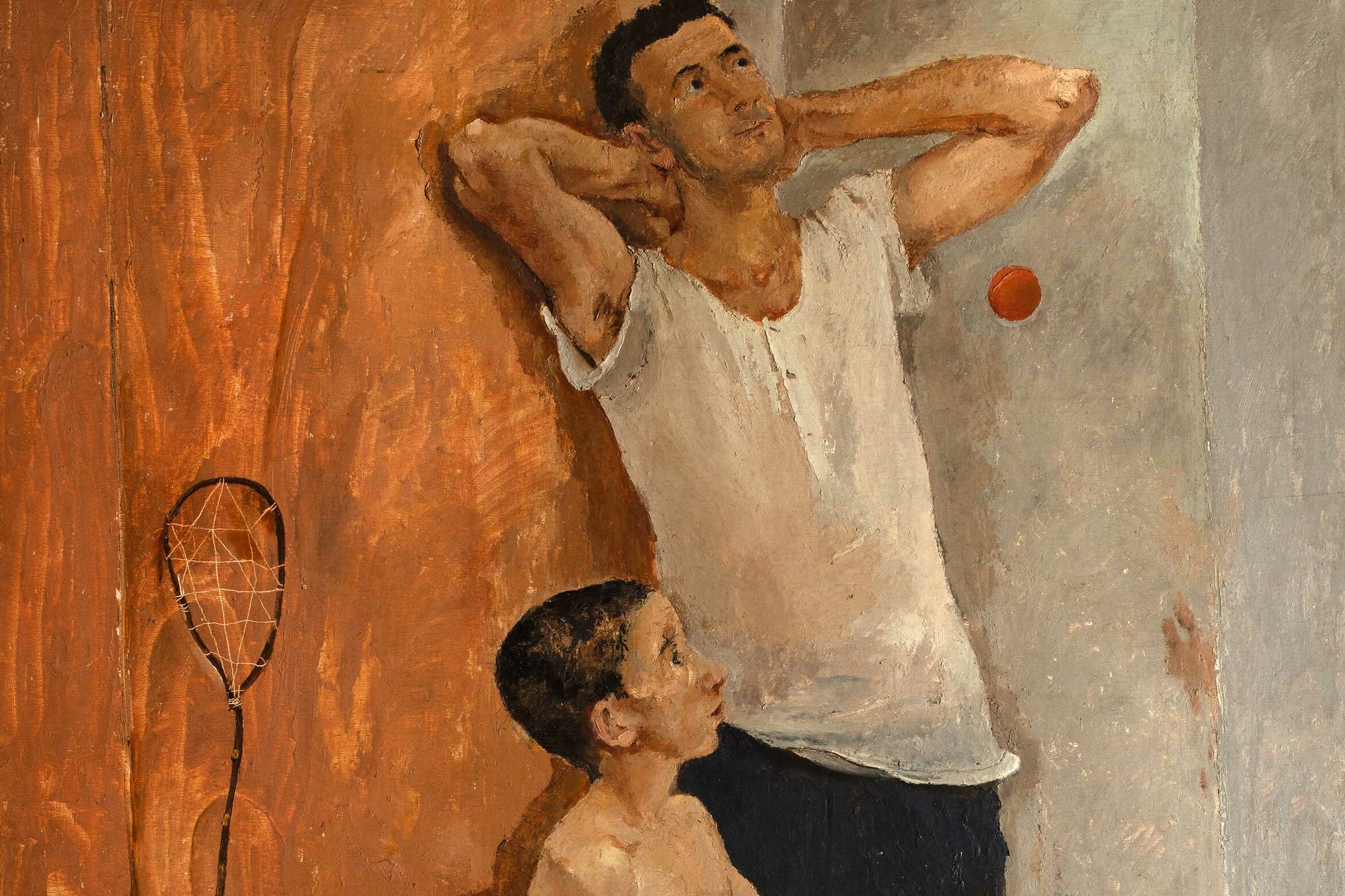This is an invitation to all of you. Write to us, share your stories, and let us be part of your lives and your contributions to the Italian-American community. Even something as simple as this—what may seem small—is actually a precious act of involvement and collaboration, building a collective social identity that we should all feel called to be part of.
L’Italo-Americano was founded at the start of the 20th century with just this purpose: to give voice—and therefore visibility, identity, recognition, as well as respect and value—to a group of immigrants who were struggling to find their place in that great land of opportunity, a land that often oppressed, humiliated, and consumed newcomers.
Today, much has changed, and the recent tribute by the President of the United States during Italian Heritage Month is just one example of the esteem for the contributions of those with roots in Italy. But this doesn’t mean we no longer need to add our own contributions, our own “brick in the wall.”
Highlighting the work of our associations, the activities at Casa Italiana, our patronal festivals, Sundays spent with friends and family proud of their origins from Liguria to Sicily, our efforts to be a part of this diverse Italian-American world, or the events promoted by Italy’s consular network—all of these are vital for keeping these foundations alive. A tree flourishes when it has strong, deep, and branching roots.
We can pass on our cultural, linguistic, social, and familial heritage if we nurture it every day, whether by preparing a recipe handed down by a great-grandmother, setting the Sunday dinner table, visiting Tuscany, Piedmont, or Calabria on vacation, discovering our artistic heritage through books and documentaries, or watching our favorite Italian TV shows in our parents’ language. Living, expressing, and sharing our Italian identity is essential. And, of course, so is communicating it.
Just like Maria Gloria has done for us, with incredible passion and graceful perseverance. For 47 years, Maria Gloria has been our steadfast “pillar,” using her column to share not only the many “Italian Connections” bridging both sides of the ocean but also her profound love and commitment to preserving the heritage of knowledge, culture, and community she inherited from those who left Italy to emigrate to the United States. She has lived this heritage deeply, choosing always to remain authentically “Italian” alongside her intense “American” identity.
As she announces her well-deserved retirement, we extend our deepest and most heartfelt “Thank you, Maria!” for all her contributions, which have enriched our newspaper week after week with reflections, insights, social critique, and the defense of values. Her work has documented the changes in our Italian-American communities and borne witness to a time when Italian immigrants helped shape the history of their adopted country. She has celebrated the pop legacy of icons like Frank Sinatra, so deeply connected to his Italian-American roots, as well as the quiet, heroic contributions of thousands of unknown Paesani who, as she often wrote, “like astronauts in space,” had the courage to make a journey perhaps even more adventurous, crossing the Atlantic and leaving behind family, homeland, and language to face the unknown.
No less important was her insight, once the “Secret History” of the WWII-era persecution against Italian “enemy aliens” was revealed, to turn this story into a vast collective educational effort, helping foster historical awareness and accurate memory not only among Italian Americans but also within the broader American community.
There is another legacy worth mentioning, as part of this call to emulate her invaluable and consistent work in service of the community, her commitment as both a witness and a guiding light for future generations.
Between 1921 and 1954, the Campanian immigrant Simon (Sabato) Rodia constructed the soaring Watts Towers from discarded and repurposed materials. Little could he have imagined that they would become a landmark in the Los Angeles landscape—much less one of its most Instagrammed sites. Ermanno Carbonara, a conservator at the Los Angeles County Museum of Art and also Italian, is now restoring the towers to their original splendor. It’s striking to see this passing of the torch between two men who, in another era, would have called each other Paesani, feeling an inherent bond simply because they both came from Italy. They saw themselves as part of a shared community (paesani, meaning members of the same hometown or community), despite not always understanding one another’s dialects or coming from vastly different regions—since, objectively, a Sicilian and a Venetian had little in common. Yet this sense of belonging was, and still is, essential: it tells us that we all stand together in telling our shared story.
E’ un invito rivolto a tutti voi. Scriveteci, raccontateci, rendeteci partecipi della vostra vita e del vostro contributo alla comunità italoamericana. Comincia anche da questo, che può sembrare una piccola cosa e che invece è una preziosa forma di protagonismo e collaborazione, la costruzione collettiva dell’identità sociale a cui tutti dobbiamo sentirci chiamati. L’Italo-Americano è stato fondato proprio con questo obiettivo agli inizi del Novecento: dare voce e dunque visibilità, riconoscibilità, protagonismo ma anche autorevolezza e valore a un gruppo di immigrati che cercava faticosamente il suo spazio in quella grande terra di opportunità che però spesso schiacciava, umiliava e fagocitava soprattutto i nuovi arrivati.
Oggi le cose sono molto cambiate e la stessa celebrazione del contributo italoamericano che poche settimane fa il presidente degli Stati Uniti in persona ha fatto in occasione del Mese del Patrimonio Italiano, è una dimostrazione di quanta considerazione ci sia per il contributo apportato da chi ha radici nel Belpaese. Ma questo non significa che non occorra il nostro-vostro “mattoncino”.
Dare visibilità alla propria associazione, alle attività di Casa Italiana, alle feste patronali che celebriamo insieme, alle domeniche passate con il nostro gruppo di amici e familiari che vantano orgogliosamente appartenenze alla Liguria piuttosto che alla Sicilia, alle iniziative in cui esprimiamo il nostro essere un tassello di questo variegato mondo italoamericano, piuttosto che alle rassegne e agli eventi promossi dalla rete consolare d’Italia, è assolutamente fondamentale per tenere vive queste fondamenta. Un albero fiorisce se ha radici forti, ramificate e profonde.
Possiamo trasmettere la nostra eredità culturale, linguistica, sociale, familiare se la coltiviamo ogni giorno con una ricetta tramandata dalla bisnonna o apparecchiando il pasto della domenica, visitando la Toscana, il Piemonte o la Calabria durante le ferie o conoscendo un pezzo della nostra storia artistica attraverso libri e documentari o ascoltando nella lingua dei nostri genitori la serie televisiva preferita sui canali italiani. E’ fondamentale esercitare, partecipare, vivere la nostra declinazione tricolore. E ovviamente comunicarla.
Come ha fatto per noi, con incredibile passione ed elegante perseveranza, Maria Gloria. La nostra “colonna” portante, per 45 anni ha raccontato con la sua rubrica non solo le tante “Italian Connections” che uniscono le due sponde dell’oceano ma tutto il suo amore e impegno per preservare il patrimonio di conoscenze, cultura, società e socialità che ha ereditato proprio da chi aveva lasciato l’Italia per emigrare in Usa, ma soprattutto che ha vissuto in prima persona scegliendo sempre di non perdere il suo essere autenticamente “italo” accanto all’essere intensamente “americana”.
Annunciandoci il suo meritatissimo pensionamento, esprimiamo il nostro più profondo e sincero “Grazie Maria!” per tutti i contributi che hanno arricchito settimana dopo settimana l’offerta del nostro giornale con spunti di riflessione e approfondimento, di critica sociale e difesa dei valori, di analisi dei cambiamenti delle nostre comunità italoamericane e di testimonianza di un’epoca in cui gli immigrati italiani fecero materialmente la storia del loro secondo Paese. Lo ha fatto celebrando tanto il lascito pop di grandi personaggi come Frank Sinatra, molto legato alla sua comunità italoamericana, tanto il contributo silenzioso ed eroico delle migliaia di sconosciuti Paesani che, “come gli astronauti nello Spazio – ha scritto spesso – ebbero il coraggio di fare un viaggio forse più avventuroso attraversando l’Atlantico, lasciandosi per sempre alle spalle la famiglia, la propria terra e la lingua per affrontare l’ignoto”.
Non meno importante è stata la sua intuizione, una volta svelata la “Storia segreta” consumata ai danni degli “italiani-enemy aliens” durante la II guerra mondiale, di trasformala in una grande opera di divulgazione collettiva per formare una coscienza consapevole e una corretta memoria storica non solo tra gli italoamericani ma anche tra gli americani.
C’è un’altra testimonianza che va citata in questo invito a imitarla nel suo importantissimo e costante lavoro al servizio della comunità, nel suo essere testimonianza e lascito alle generazioni successive.
Quando l’immigrato campano Simon (Sabato) Rodia tra il 1921 e il 1954 realizzò le svettanti Watts Towers con materiale di scarto e recupero probabilmente non immaginava che sarebbero diventare un punto di riferimento nel paesaggio losangelino. Tantomeno uno dei più instagrammabili. Il restauratore del Los Angeles County Museum of Art che le sta riportando al necessario splendore è Ermanno Carbonara, italiano come l’autore. E’ curioso il passaggio di consegne fra quelli che un tempo si sarebbero reciprocamente chiamati “Paesani”, sentendo di condividere tanto fra loro per il solo fatto di arrivare dall’Italia, al punto da riconoscersi in un’unica definizione (paesani ovvero componenti della stessa comunità) pur non capendosi (per via dei dialetti diversissimi che parlavano) e pur arrivando da zone lontanissime fra loro (oggettivamente un siciliano aveva ben poco in comune con un veneto). Quel senso di appartenenza però era e resta fondamentale: ci racconta che siamo tutti dalla stessa parte nel racconto di noi stessi.
